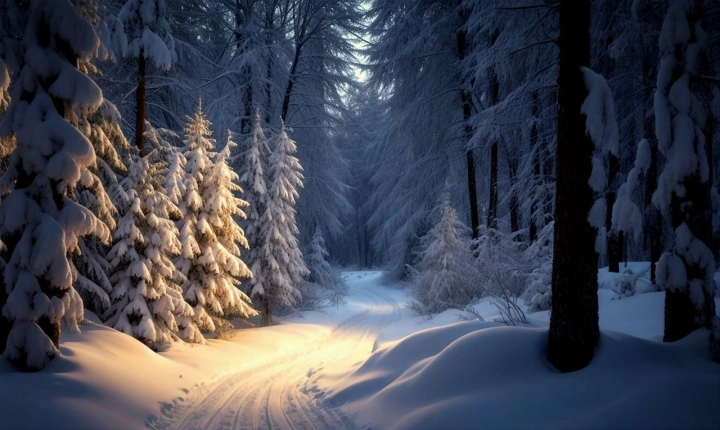Title: The Art of Generating Pictures with AI
The field of artificial intelligence (AI) has made significant strides in recent years, particularly in the realm of image generation. With advancements in deep learning algorithms and neural networks, AI is now capable of generating realistic and high-quality images that rival those created by human artists. This breakthrough has far-reaching implications across various industries, including art, design, advertising, and entertainment. In this article, we will explore the innovative methods and techniques used to generate pictures from AI and the potential impact on the creative landscape.
Generative Adversarial Networks (GANs) have emerged as a leading approach for AI image generation. GANs are composed of two neural networks – a generator and a discriminator – that work in tandem to produce images. The generator creates synthetic images from random noise, while the discriminator evaluates the authenticity of these images. Through continuous training and feedback, the generator learns to produce images that are indistinguishable from real ones, while the discriminator improves its ability to differentiate between real and fake images. This adversarial process results in the generation of highly realistic pictures that mimic the style and content of the training data.
One of the key advantages of AI-generated images is the ability to create diverse and novel visual content. By training AI models on large and diverse datasets, such as artwork, photographs, and graphic designs, it is possible to generate a wide range of images that encompass various styles, genres, and aesthetics. This opens up new possibilities for creative exploration and experimentation, allowing artists and designers to generate original visuals that may have been challenging or time-consuming to create manually.
Moreover, AI image generation offers valuable applications in fields such as advertising and marketing. Brands and advertisers can leverage AI to create compelling and personalized visual content for their campaigns. By analyzing consumer preferences and trends, AI models can generate targeted imagery that resonates with specific audiences, leading to more effective and engaging marketing materials. This level of customization and automation streamlines the creative process and enables brands to deliver impactful visual experiences at scale.
In the realm of art and design, AI-generated images have sparked a dialogue about the nature of creativity and authorship. As AI contributes to the creation of visual artworks, questions arise about the role of human artists, the distinction between human and machine-generated art, and the ethical considerations surrounding the use of AI in the creative process. While AI can serve as a powerful tool for inspiration and collaboration, it is essential to uphold the integrity and originality of human creativity in the context of art and design.
Looking ahead, the future of AI-based image generation holds promise for continued innovation and advancement. As AI algorithms become more sophisticated and capable, we can anticipate further improvements in the quality, diversity, and interpretability of generated images. Additionally, the integration of AI with other emerging technologies, such as augmented reality and virtual reality, presents new opportunities for immersive and interactive visual experiences that push the boundaries of traditional image creation.
In conclusion, the rise of AI in generating pictures represents a transformative shift in the creative landscape. By harnessing the power of machine learning and neural networks, AI enables the creation of realistic, diverse, and personalized visual content with wide-ranging applications across industries. As AI continues to evolve, it has the potential to redefine the nature of visual expression and inspire new forms of artistic and design innovation.
The intersection of AI and image generation opens up a world of possibilities, where the boundaries between human and machine creativity blur, giving rise to a new era of visual storytelling and artistic exploration.
